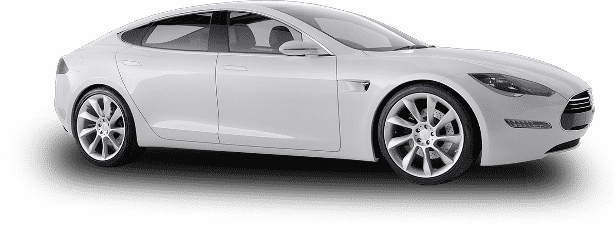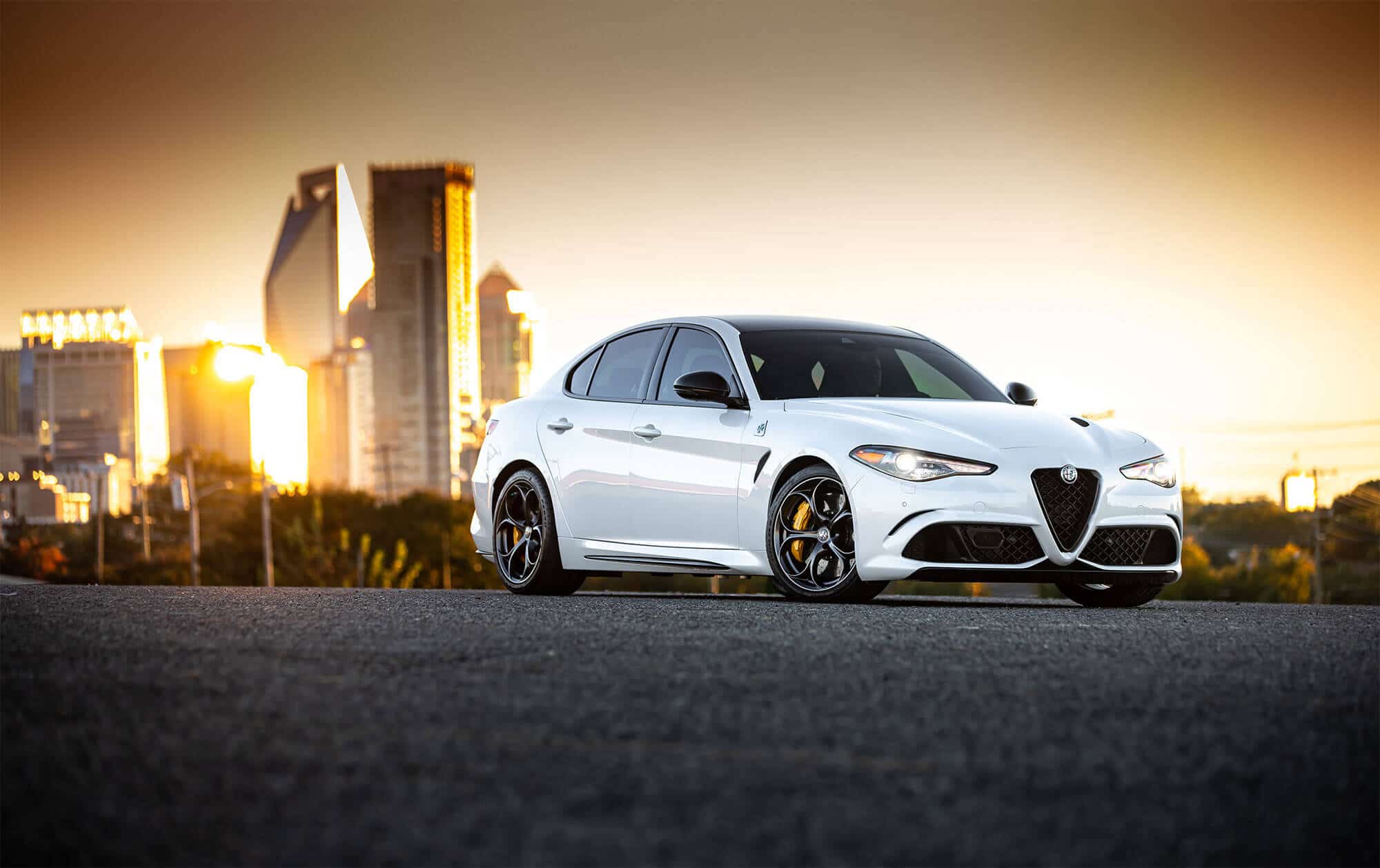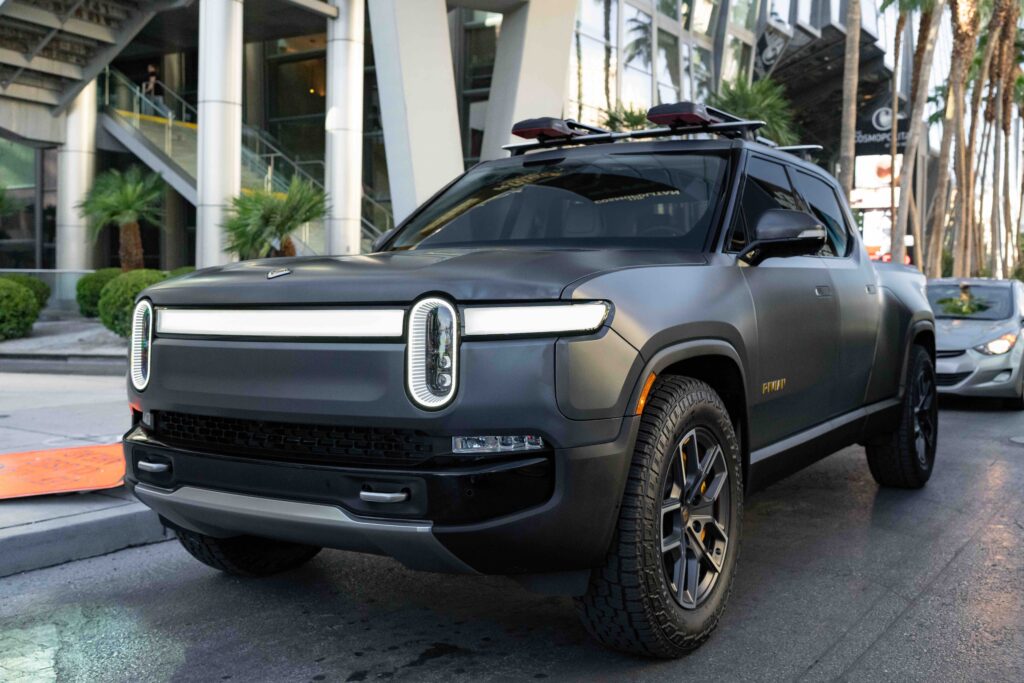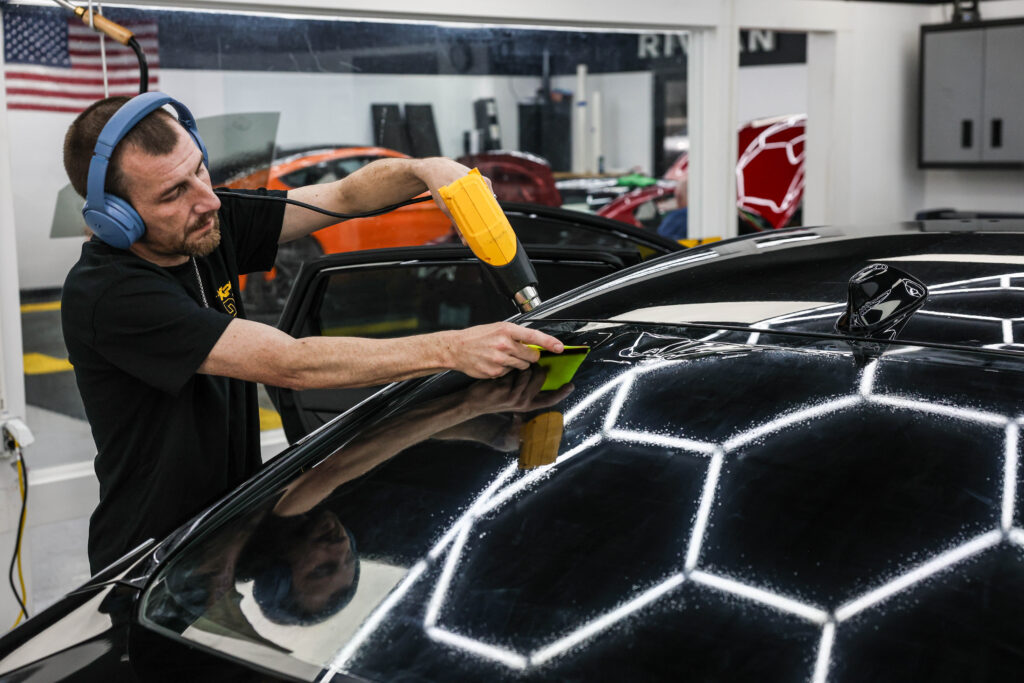From WindowFilmMag.com
Automotive Window Tint Evolution:
The first window film was invented in 1966, however its popularity skyrocketed in the 1980’s, when everyone who was anyone had custom window tint installed on their vehicle. Back then, tint was primarily for aesthetic purposes, but now the industry has evolved to meet the demands of consumers by developing films that go above and beyond just looking good.
Film was originally constructed with a dyed layer of polyester that was placed next to an adhesive layer, which contained no heat resistance qualities. This formula caused film to bubble from high temperatures, turn purple and peel easily. A new formula was developed in the 1990’s that used small particles of metal placed in the dye. This was definitely a step up in blocking heat, but it also blocked cellular usage from within vehicles. Due to earlier products not being able to stand the test of time, the automotive window tinting industry was challenged with designing a film that provided consumers with superior performance and highly regarded medical benefits.
Window Tint Revolution; The Future is Here & It’s Called Nano
Ceramic Window Film:
The automotive window tinting industry met the challenge head on with the development of nano ceramic films. Nano ceramic window film is made with non-conductive ceramic particles laid in between layers of polyester which are small enough to prevent glare or haze in your vehicle while blocking infrared light. Nano ceramic window film was not only created for high performance and a sleek appearance, it provides a multitude of health benefits as well. Nano ceramic films are universally known as the highest quality films on the market. The following is a breakdown of it’s features as well as medical benefits.
- Nano ceramic film offers 98% infrared heat rejection due to it’s multilayer nanoparticle technology.
- It provides SPF protection that blocks over 99% of harmful and damaging UV rays that can lead to numerous skin cancers, premature aging as well as skin cell mutation.
- Nano ceramic window film will not interfere with radio, cellular, or bluetooth signals.
- This type of film does not fade and is shatter-proof.
- It reflects and absorbs extremely high levels of solar energy.
- It substantially reduces glare and haziness caused by the sun and maximizes visibility while providing optical clarity.
- Nano ceramic film gives your vehicle a sleek and modern look and feel.
- It creates additional privacy that will not affect your ability to see out of your vehicle and reduces eye strain.
- Amir Khoshnevis, Doctor of Optometry, discusses the health benefits of ceramic window tint .
Automotive Window Tint Has Come a Long Way:
Dyed and metallic window tint used back in the day was just the beginning of what was to come for the industry as a whole. Not only have the products evolved, many people are benefiting from the increased medical protection nano ceramic film provides. The industry has come a long way, yet consumers are still purchasing cheap and unreliable window films to be installed on their vehicles. The allure perhaps may be the price of cheaper materials, however, you always get what you pay for. Nano ceramic tint is considered top shelf in the tinting world and should be a premium contender when choosing a film for your vehicle. The evolution of window film and its benefits are impressive, and it will be exciting to see what the future holds for the industry and how they continue to improve upon their products.



 Visit Us Today
Visit Us Today




